Edward Thorpe has opened Pandora's box for casinos. The professor managed to gain an advantage in blackjack by counting cards. After that he shared his knowledge in the book "Beat the Dealer". As a result, in the second half of the XX century there was a whole army of counting machines. And to increase their chances of winning, players began to unite into teams. Among them, a group of students from the Massachusetts Institute of Technology achieved great success.
Background
The MIT Blackjack Team might not have been born if a few players hadn't accidentally met at a Chinese restaurant. The unplanned encounter entailed 13 years of casino ruin.
Bill Kaplan
A promising young student receives a bachelor's degree from Harvard, but decides to postpone further study for one year. The aspiring bookkeeper comes home to tell his mother about his desire to earn money from gambling. The student tries his best to prove that he can consistently beat the casino thanks to card counting.
The stepfather intervenes in the conversation, challenging the student. If Bill can beat him at cards, then his parents will turn a blind eye to a trip to Las Vegas. Every night for a fortnight, a hard-fought battle between son and stepfather continued until the latter admitted defeat and capitulated.
In 1977 Bill Kaplan took $1000 and turned it into $35,000 in 9 months in Las Vegas.
Young Fighter Course
In 1979, two students from the Massachusetts Institute organized a course in blackjack. Students were encouraged to learn basic card counting strategies to gain an advantage over the casino. In November, the first group of professional players formed. With a total of $5,000, they travelled to Atlantic City. The New Jersey Gaming Commission at the time had just banned keeping scorekeepers out. Instead, casinos had to come up with other ways to fight back.
Fatal Crossroads
In May 1980, after returning from Atlantic City, J.P. Massar happened to overhear Billy Kaplan talking to other professional gamblers at a Chinese restaurant in Cambridge. The student was interested in the progress of one of the participants in the conversation and decided to introduce himself immediately.
J.P. Massar managed to get a more experienced fellow player interested. Bill traveled with the students to Atlantic City to observe them. He quickly noticed that each player followed his own strategies and made mistakes. The group of students didn't have a unified approach and didn't discuss their own blunders, causing them to progress too slowly.
Blackjack as a business
The mentor was ready to lead the new team, but warned that blackjack now stops being a game and turns into a business. All participants must adhere to strict rules: regular training, keeping records of bets, reporting their successes and failures.
The staffed MIT Blackjack Team officially began operations on 1 August 1980. The total pot of the group of 10 players at the start was $89,000. Part of the money the newly formed company received from outside investors.
After ten weeks the capital exceeded the mark of $170 thousand. For one hour of play MIT earned $162.5. Investors were promised a profit of $170 per hour, but the result for Kaplan was still more than acceptable.
Strategies
In the 1980s, card counting was not considered a novelty. Almost all casinos in the United States knew about this strategy. Because the scorekeepers introduced additional conditions of the game: more often shuffled cards, increased the number of decks and changed the rules.
Professionals also did not stand still. They added new strategies to card counting: tracking aces when shuffling, team play, computers, etc. Thanks to the new approaches, their advantage increased to 4%.
The "Big Player" strategy was an impressive success. Earlier it was used by Al Francesco, and later the basic principles were described by Ken Uston. The scheme involved 3 people: the controller, the observer and the big player. The first one made small bets at the table and kept records. The observer stood aside and counted the cards, and when the desired advantage was reached, signaled the big player. The latter would sit down at the table and make a large bet.
The scorekeeper is a criminal for the casino
The casino security service perfected its skills in catching scorekeepers. One day, employees approached Aponte with the words:
"Mike, management has decided that you can play any game except blackjack."
Legacy
In 1994, the players' paths divided - MIT split into two groups. Some of the former members began sharing their experiences and publishing books about blackjack.
"Everyone knows the golden rule - you can't beat the casino in the long run. But that's exactly what we were able to accomplish."
Nowadays it's good to play safe and exiting poker mathces using no deposit bonus codes on online casinos.

